In order to respond properly to your request, it is necessary to put the alleged actions in context in view of Amtrak’s abrupt, unexpected announcement to eliminate charter trains and to reduce drastically the handling of private cars effective immediately upon the publication in a notice to Amtrak employees. Despite the extreme hardship that the policy entailed, we continue to respect and understand that, with new leadership, Amtrak is analyzing and reviewing all aspects of train operations. In light of the most recent developments, we have asked formally to meet with Amtrak’s President and CEO, Richard Anderson, in order to see how we can be better partners and support Amtrak where it would be beneficial to both parties.
Released on March 28, the policy and the related administrative actions stemming from it imposed immediate limits on private car movements requiring that moves would be permitted only from a terminal to terminal basis. Intermediate stops would be allowed only where the “dwell time” was one-half hour or more. Cars currently stored or lodged in formerly permitted locations were frozen in place and cars already in route on regular Amtrak trains were forced to change their schedules at significantly higher costs. Cars on the California Zephyr, for example, were not allowed to transfer to the Coast Starlight and were forced to return to Chicago.
The policy also stated that with a few “narrow exceptions” special trains, even those with a long history of operation, would cease to operate “effective immediately.” This action resulted in major costs of disruption.
In view of these acute problems, it is not surprising that some tourist railroad organizations, charterers, private car owners, and car owner associations have sought help from their legislators in view of the fact that Amtrak is a government approved monopoly receiving aid from the legislature.
For their part, the American Association of Private Railroad Car Owners (AAPRCO) and Railroad Passenger Car Alliance (RPCA) sought an immediate hearing with Amtrak’s senior management. The directors were referred the Director of Amtrak Services. The Director was provided with a list of intermediate stops in order of importance to the members of the two organizations, an analysis of station dwell times, and suggestions to improve the efficient handling of private cars. We are awaiting a response.
With respect to the issue of safety, both AAPRCO and RPCA have active safety committees. RPCA prepared a safety manual for all members and AAPRCO issued it to members, with some modifications particular to the management of private cars. Both organizations consider safety of primary importance. AAPRCO has denied membership to car owners who have a “poor safety” record. Not all car owners, however, are AAPRCO or RPCA members. Both organizations have investigated and take action on the occasional violations of our membership.
With respect to the criticisms relating to AAPRCO’s convention trains, Taylor Johnson, AAPRCO’s longtime Vice President of Transportation notes:
“Safety is everyone’s responsibility! AAPRCO is obsessed with special train safety. Over the past 20 years we have organized and operated around 25 trains traveling over 30,000 miles (600,000 passenger car miles) in the U.S. and Canada. Our safety protocol is documented and we solicit operational feedback from our host railroad operating teams in the spirit of continuous improvement. To ensure conformance, we require all operators to participate in an extensive safety review in advance of every trip. Additionally, we have a dedicated train team with well-defined responsibilities who exclusively interface with the railroads and ground support. We also utilize a unique internal radio frequency in every car to communicate train status, servicing updates and coordinate safe egress. We have had no FRA reportable accidents or injuries in the history of AAPRCO special trains.”
If you have any questions, please do not hesitate to contact us.
W. Roger Fuehring, RPCA President
Robert G. Donnelley, AAPRCO President





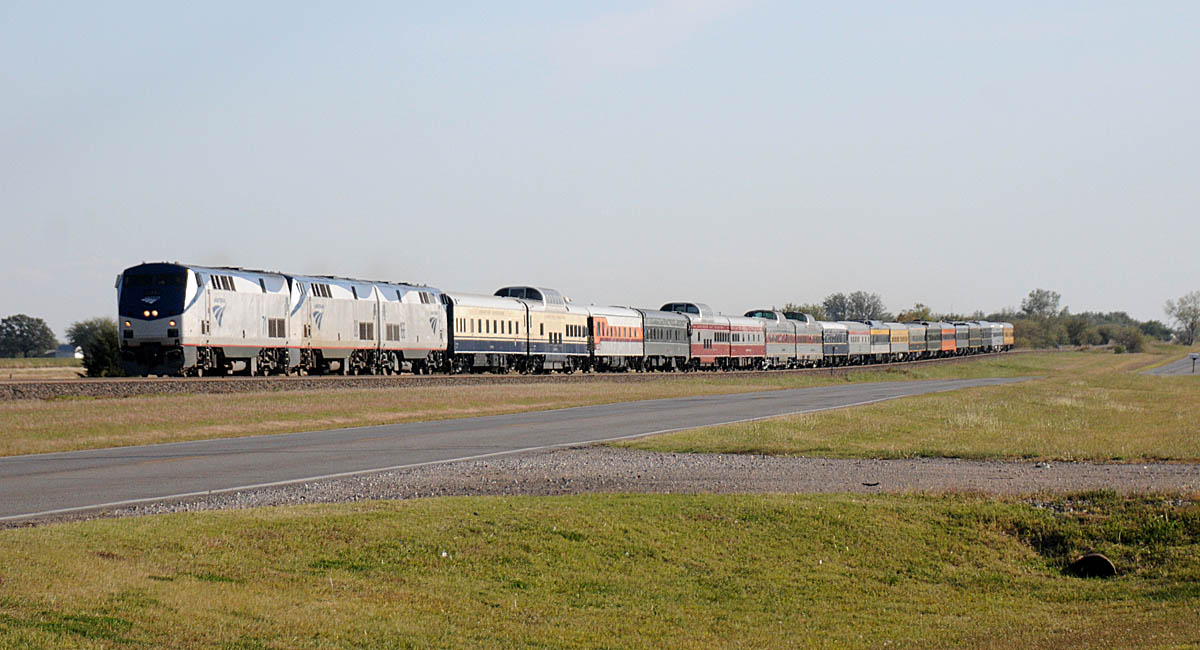

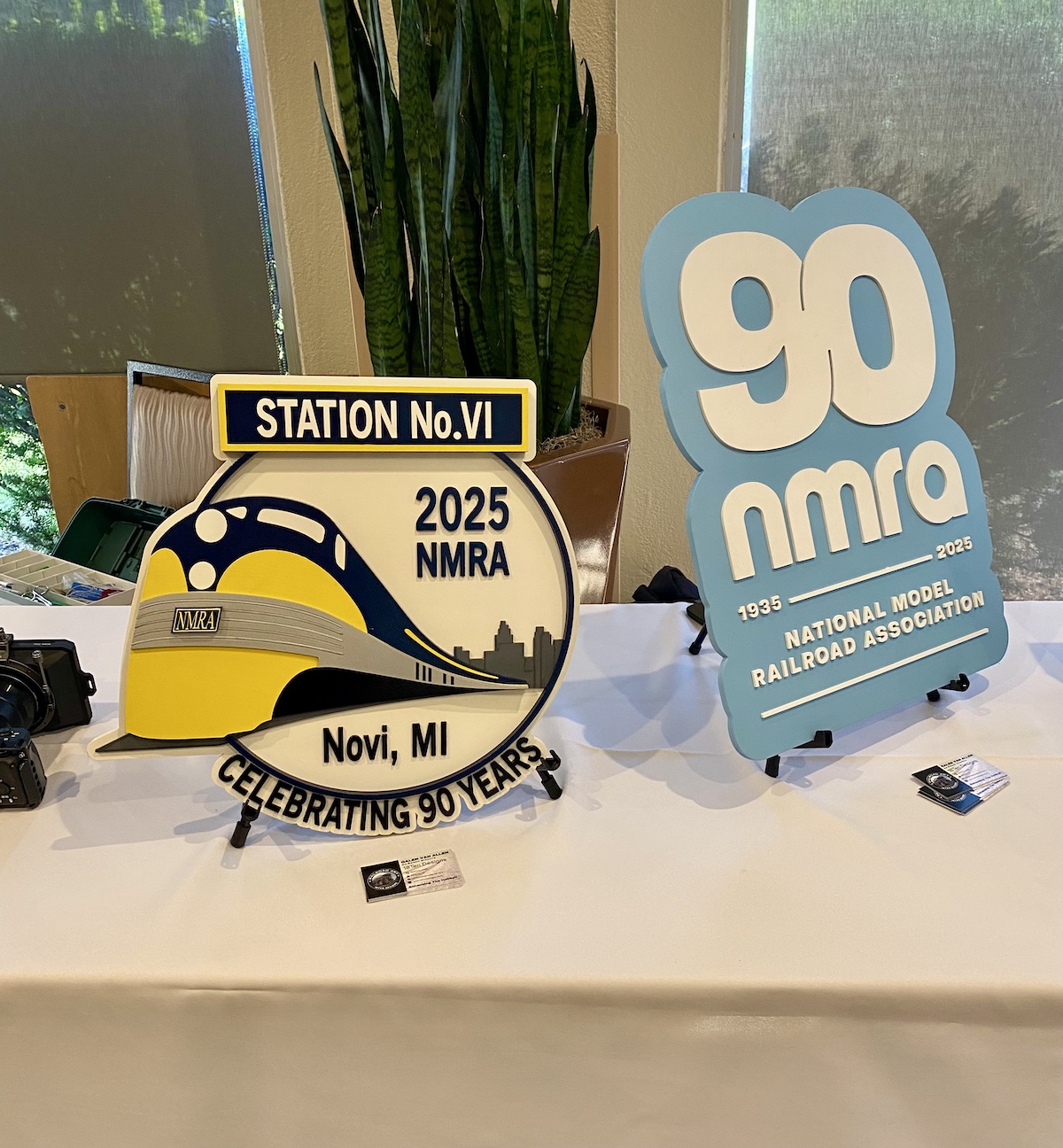
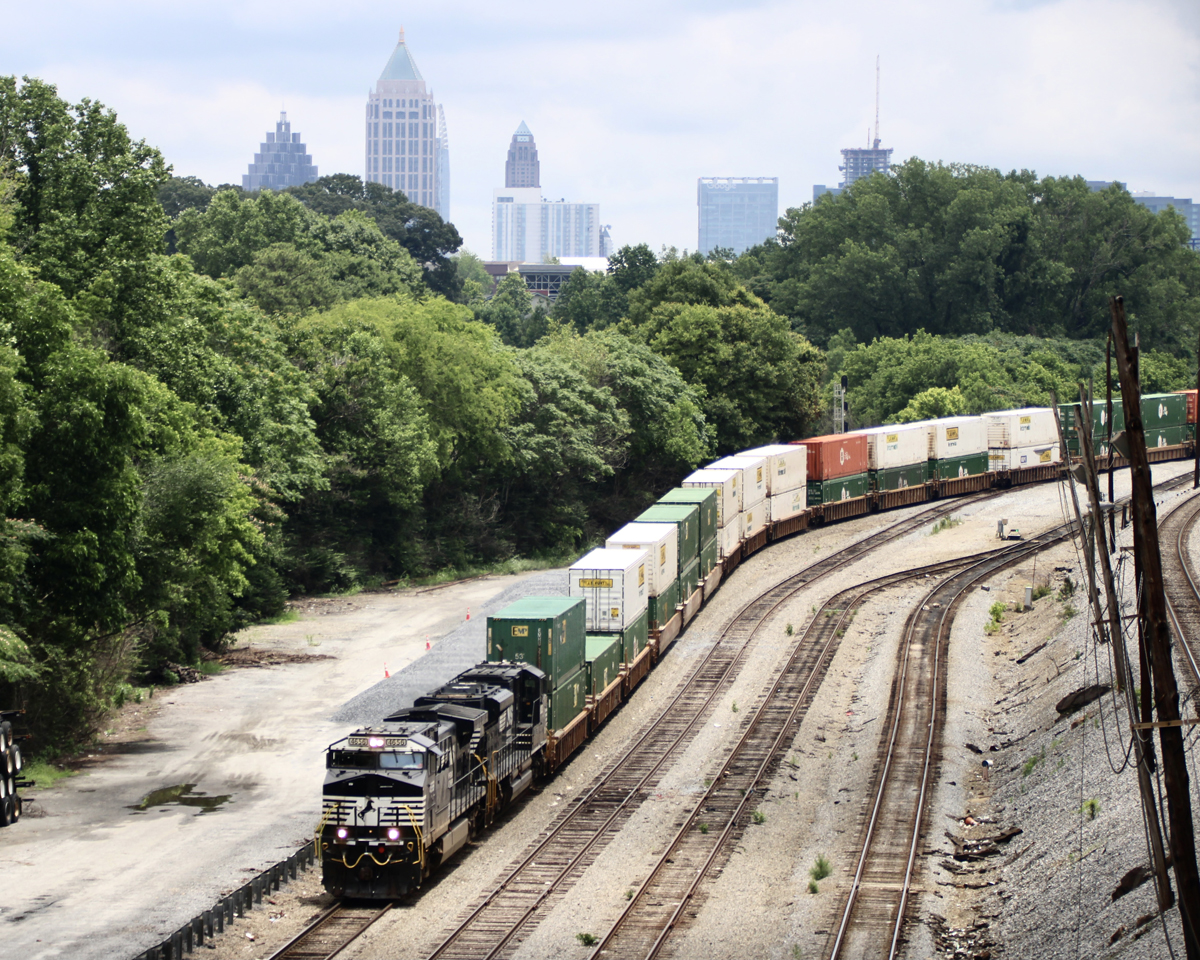
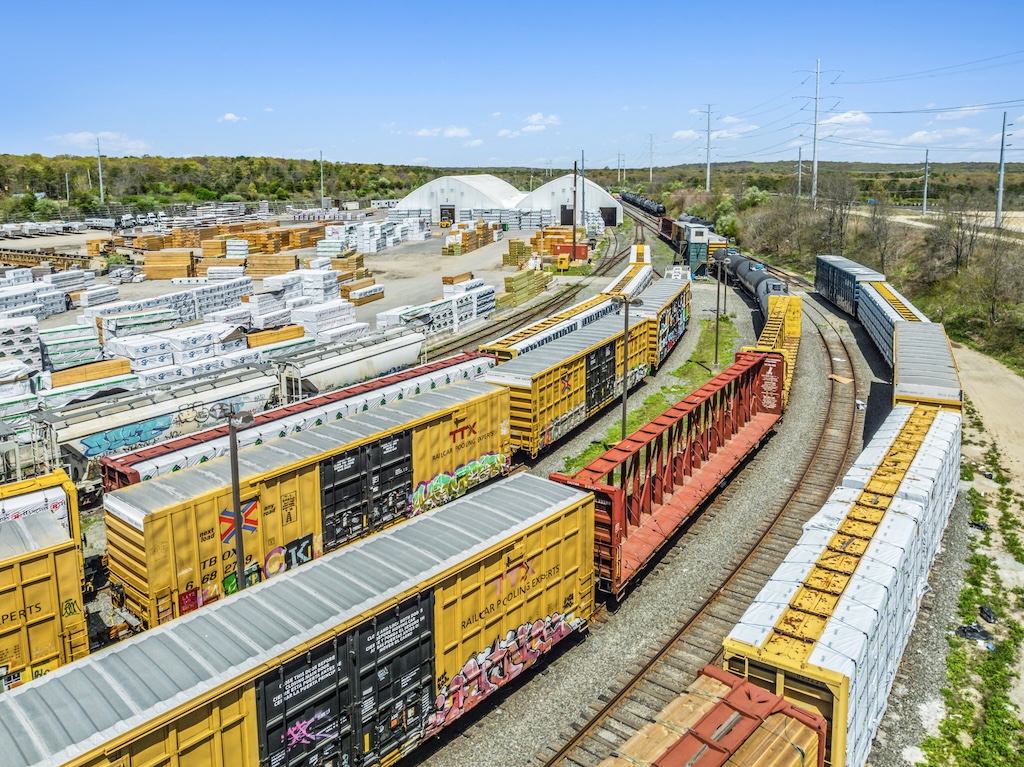
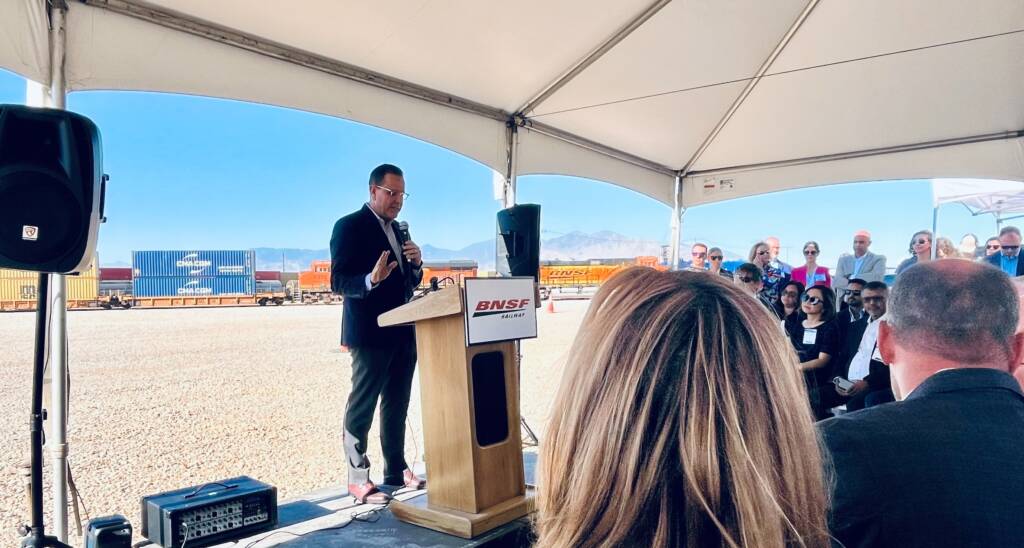




Paul Harrison, You sound like some of the crew members of Amtrak. Some blame everything on the PV on the end of the train when it can be proven that the PV had no affect on the rest of the train. Such was the case when the SB run from Seattle to LA burned up some wiring in 1997. The PV on the rear weren’t even tied in to the HEP on the Amtrak portion of the train. The 3 PV on the rear were running on their own generators because it was known that Amtrak did not have enough capacity to handle the extra cars. You also would be surprised to learn that many PV owners are working stiffs and not millionaires. PS, guess what standards those PV have to meet. The same ones for HEP, A/C and inspections that Amtrak’s equipment has to. You also have no idea why people travel on long distance trains. It isn’t just recreational travel. How do I know? Because I use Amtrak’s long distance trains. Did you know that flying can have bad affects on some people due to medical problems? Florida has already suffered enough from Amrak’s cuts. Try going from Miami to Tampa and return the same day. We used to be able to. Try going to Orlando and return the same day. Not going to happen. But we used to be able to. Heck we could go to Winter Park, have lunch, and return the same day. But not any more. Try going from Miami to NOLA directly. We used to be able to. Now if you want to get there, you have to change trains in DC or NC after spending a batch of time in a station somewhere. Try getting to the WV capitol on any day except Sunday, Wednesday, or Friday by train. Try even getting to the capitol of Ohio on any Amtrak train. Making the trains short distance runs will just drive even more passengers off the rails. It isn’t for the lack of passengers on some trains, it is a lack of equipment to haul those people.
Mr. Harrison,
I don’t think you have ever taken an overnight train.
More likely it’s a sign that Amtrak can run a more sustainable, useful, service if its not bogged down dragging hundred year old railcars around the country for the benefit of a handful of millionaires.
If, as seems likely, Amtrak intends to convert its existing LD routes to a larger collection of smaller, shorter distance, daylight trains using DMUs for efficiency and cost reasons, it’s not going to be able to support the private rail car business.
Is that a good thing? Over all, yes! Ensuring everyone can ride the train during the day rather than seeing 1/3 have to catch or leave (or both!) trains at some unholy hour of the night, is a massive improvement, and the policy also opens the way to improving frequencies on routes currently served by less than 8 trains a week. And if the only people that are affected negatively are recreational passengers, then, so be it.
The only people who should be complaining are those who don’t take passenger rail seriously, and consider it a luxury item of little or no importance.
The real issue here and what should be of concern is the sudden, hasty, and without warning, unilateral decision by Amtrak to eliminate one element of revenues–for itself and sponsors of special/charter trains and PV movements.
Once again, decisions are made in Washington without any regard to its impact in the field; without any prior discussion (ideally give-and-take) with all interested parties prior to invoking its decree.
This can only add to the suspicion of how a true monopoly operates–to the detriment of any potential competition, against the public interest, and without any thought to its own bottom line.
Specifically in regards to PVs, this action can be interpreted as but another attempt by Amtrak to drain revenue potential opportunity from its long distance trains.